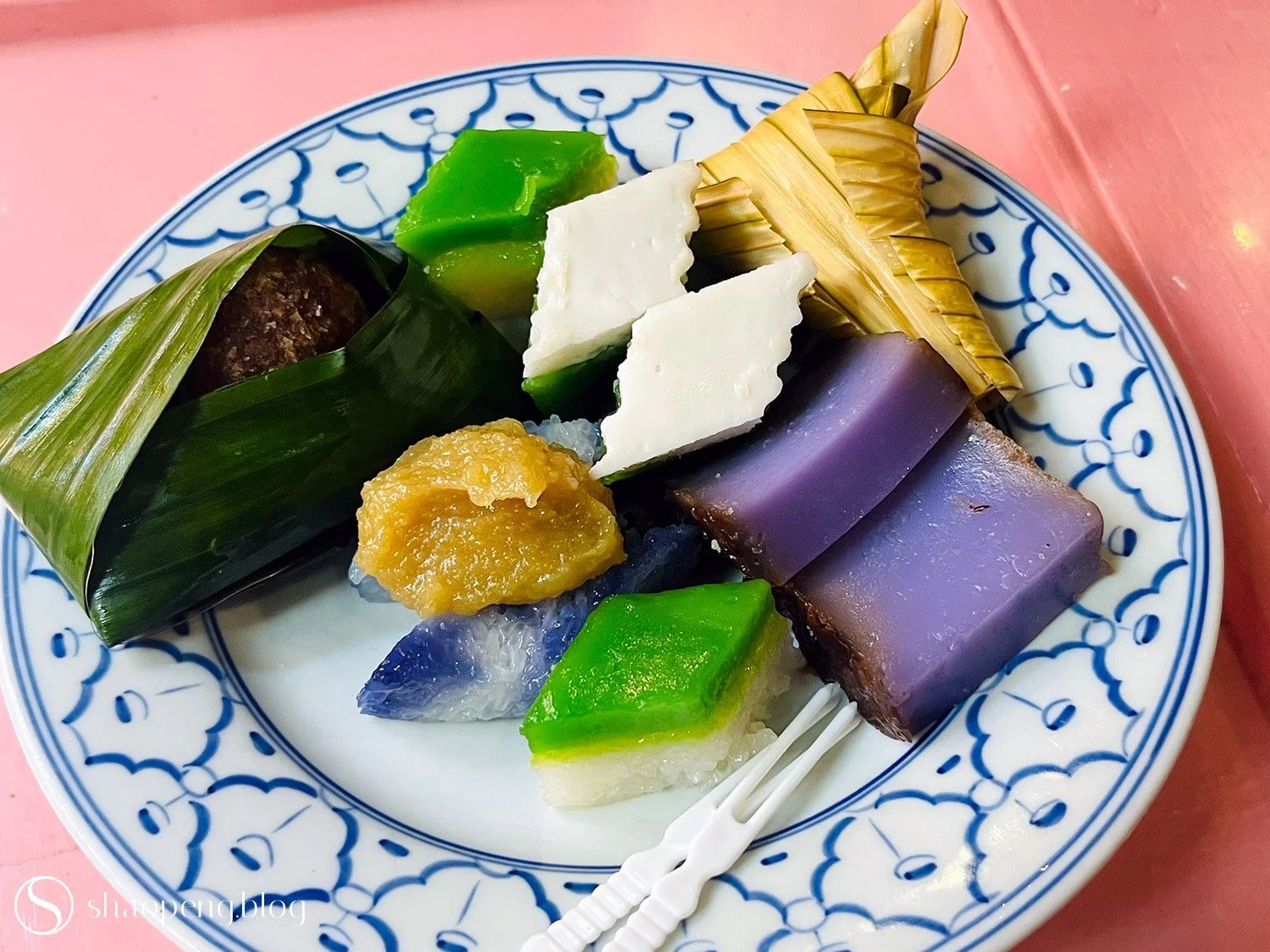Wander in Penang: Exploring Peranakan Heritage
The Peranakan way of life comes alive in Penang, where you can immerse yourself in the beauty of its ornate mansions, the serenity of its spiritual sanctuaries, and the bold flavours — and colours — of its traditional cuisine.
Sense of Wander: ★★★★☆
The Pinang Peranakan Mansion showcases a unique blend of Chinese, Malay, and European influences.
GEORGE TOWN, Malaysia — Penang is a living museum of Peranakan heritage. The Peranakans — descendants of Chinese immigrants who settled in the Malay Archipelago centuries ago — are also known as Baba-Nyonya or the Straits Chinese.
Over time, they cultivated a rich and distinctive culture shaped by Chinese roots, Malay customs, and European touches. This fusion lives on in ornate mansions, flavourful cuisine, and time-honoured traditions that continue to flourish today.
Unlike many other parts of Malaysia, Penang stands out for its demographic balance. As of 2020, the state’s population was nearly evenly split between Malays (40.7%) and Chinese (41%), with George Town itself home to a Chinese majority (51.2%) and a significant Malay presence (30.7%).
Penang’s role as a port city along the Maritime Silk Road made it a natural crossroads of cultures. Traders, settlers, and migrants from China, India, the Middle East, and Europe converged here, leaving traces of their worlds behind. Out of this exchange emerged the Peranakan identity — a tapestry of traditions and aesthetics woven from various influences.
Walking the streets of George Town, one often hears a creole tongue reminiscent of Hokkien, a southern Chinese dialect. This hybrid cultural landscape — evident in language, customs, food, and dress — helped George Town earn its place on the UNESCO World Heritage Site in 2008.
My own journey into the world of the Peranakans began at the Peranakan Museum in Singapore, where I first encountered the elegance and complexity of their arts and traditions. That foundation deepened my appreciation as I wandered through Penang.
For those wishing to explore this heritage further, especially in George Town, I recommend visiting:
Pinang Peranakan Mansion
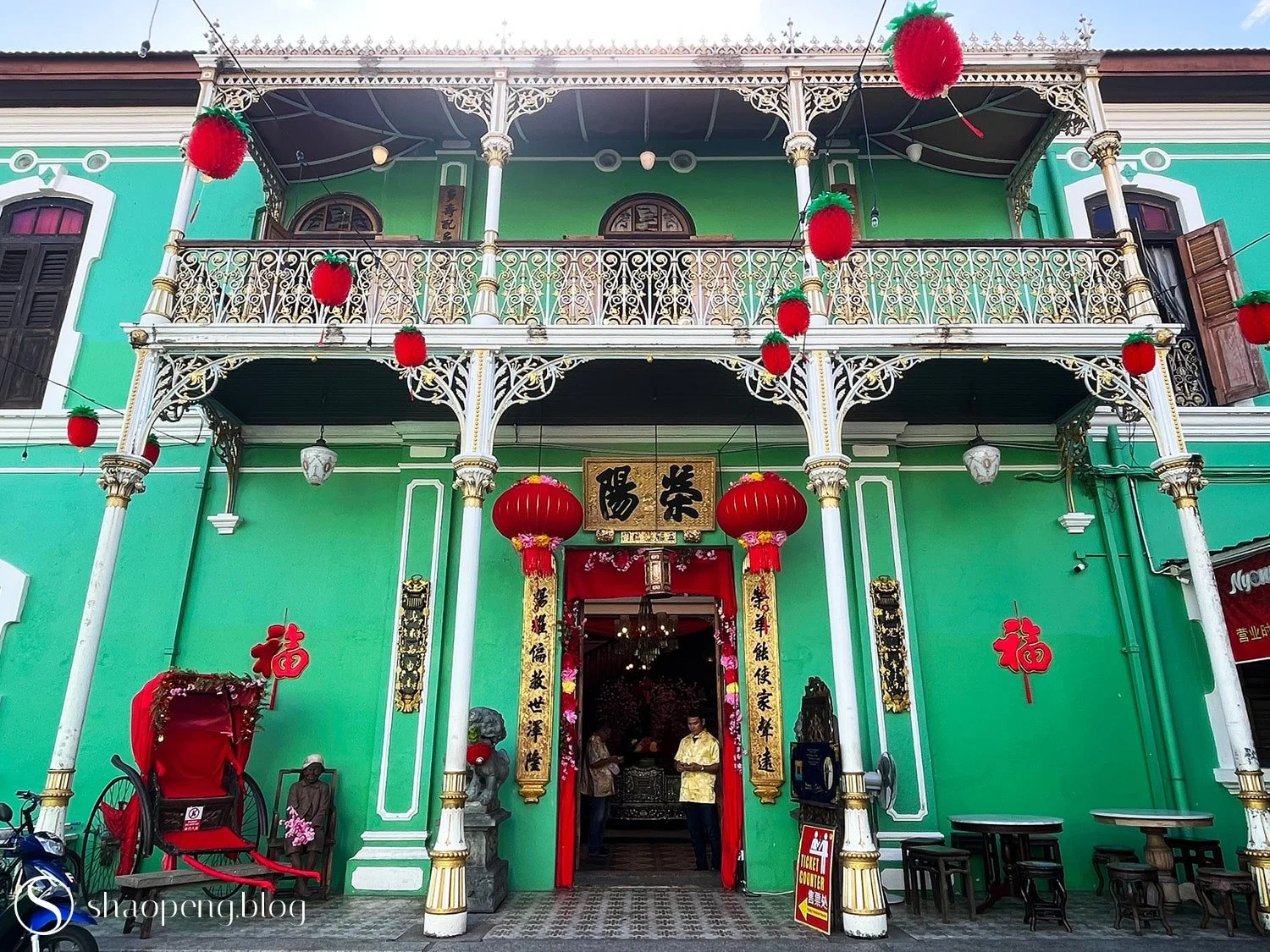
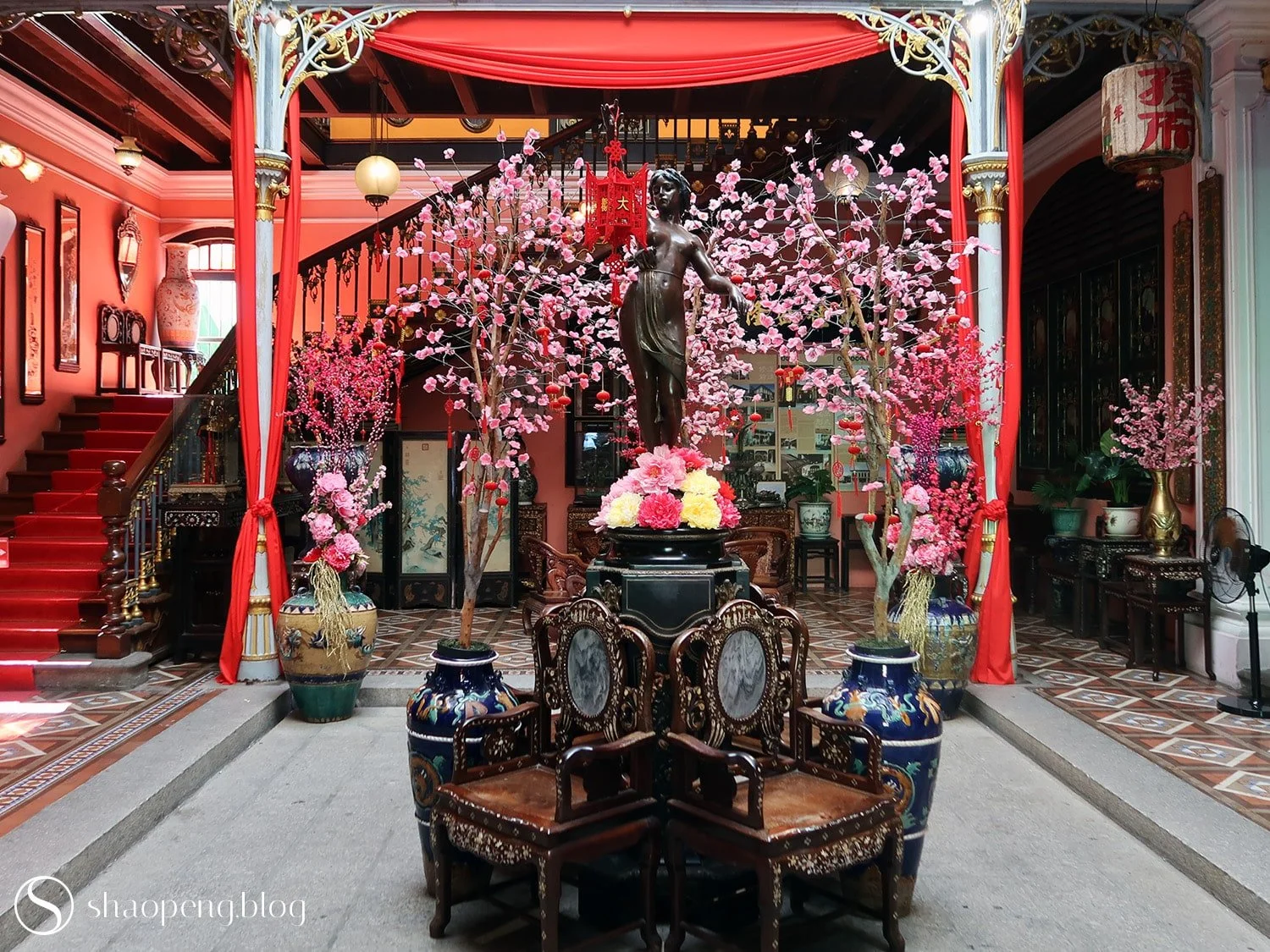
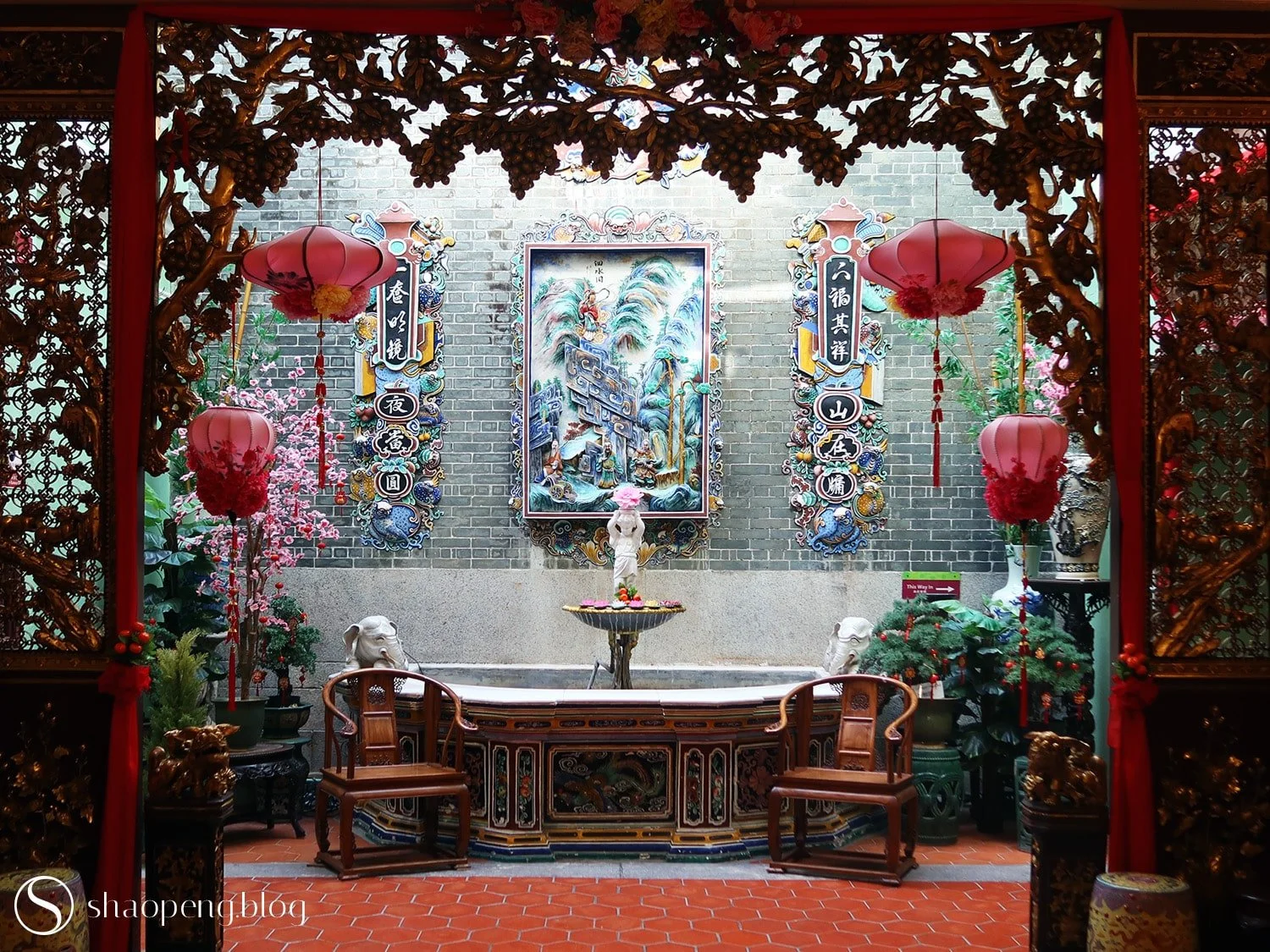
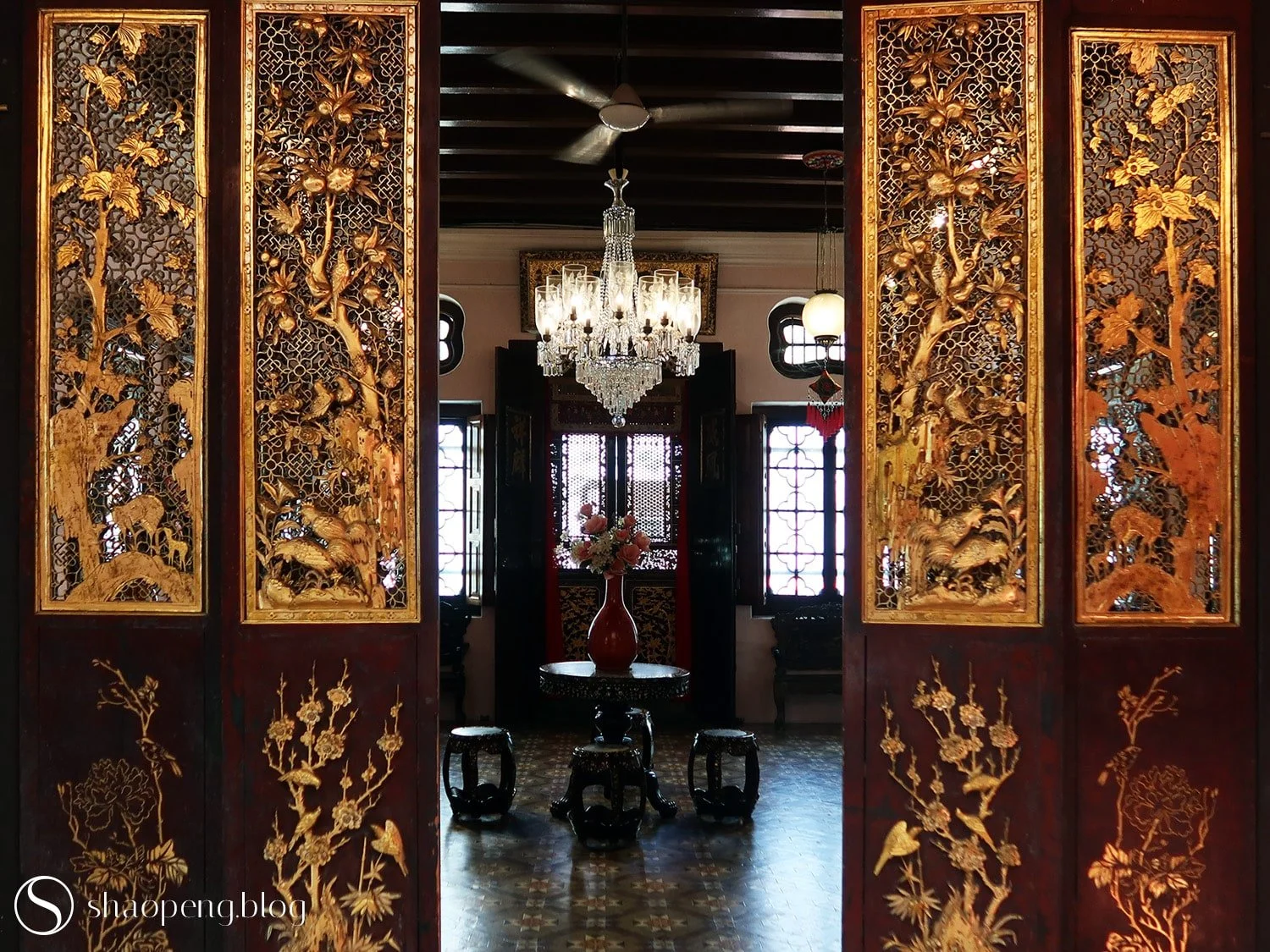
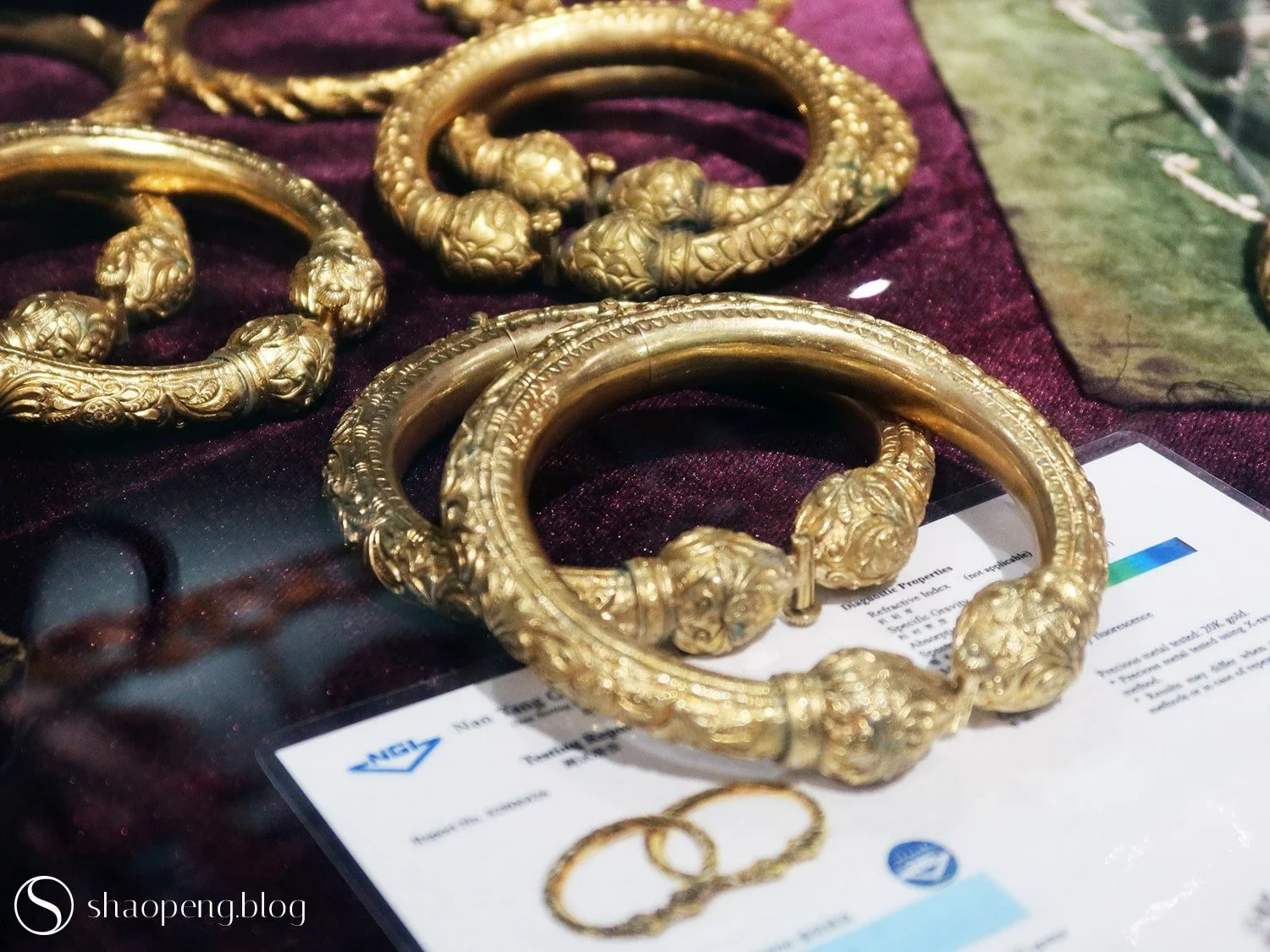
For those visiting Penang, the Pinang Peranakan Mansion is likely to top your list. Nestled in the heart of George Town, it offers a window into the cultural legacy of the Peranakans.
Once the residence of a wealthy 19th-century Chinese tycoon, the mansion is instantly recognisable by its pandan-green facade. Step inside, and you’ll find a remarkable expression of Peranakan aesthetics — an eclectic blend of Chinese, Malay, and European influences. The juxtaposition of Scottish cast-ironwork and English floor tiles with hand-carved Chinese wooden panels is only an example of this cultural melting pot.
The interiors are rich with history. More than a thousand antiques — from intricately crafted furniture and delicate porcelains to Nyonya jewellery and glass vases — reflect the opulence and artistry of a bygone era. While most of these objects were collected by the current owner, five hand-painted portraits remain original to the home: the tycoon, his two wives, and his parents — along with two photographs of his fourth son and his wife, who later inherited the family business.
Though it may feel more like an antique gallery than a preserved home, the Pinang Peranakan Mansion is still one of the most compelling places to witness the layered complexity of Peranakan culture — one that resists easy categorisation yet continues to inspire.
The mansion is privately owned by Peter Soon, an avid antique collector and property developer. In the 1990s, he rescued the dilapidated property and restored it, transforming it into a heritage showcase that preserves and celebrates the Peranakan legacy in Penang.
Wanderer’s tip — Arrive early, just as the doors open, to enjoy a quieter visit before the crowds roll in around 11 AM. Don’t miss the free guided tour (included with admission); it offers valuable insight into the history of the family, the mansion, and the broader Peranakan culture seen through the objects on display.
Visit duration — Allow at least 1.5 hours to explore. For a slower pace and deeper engagement, plan for 2 hours.
Cheong Fatt Tze Mansion
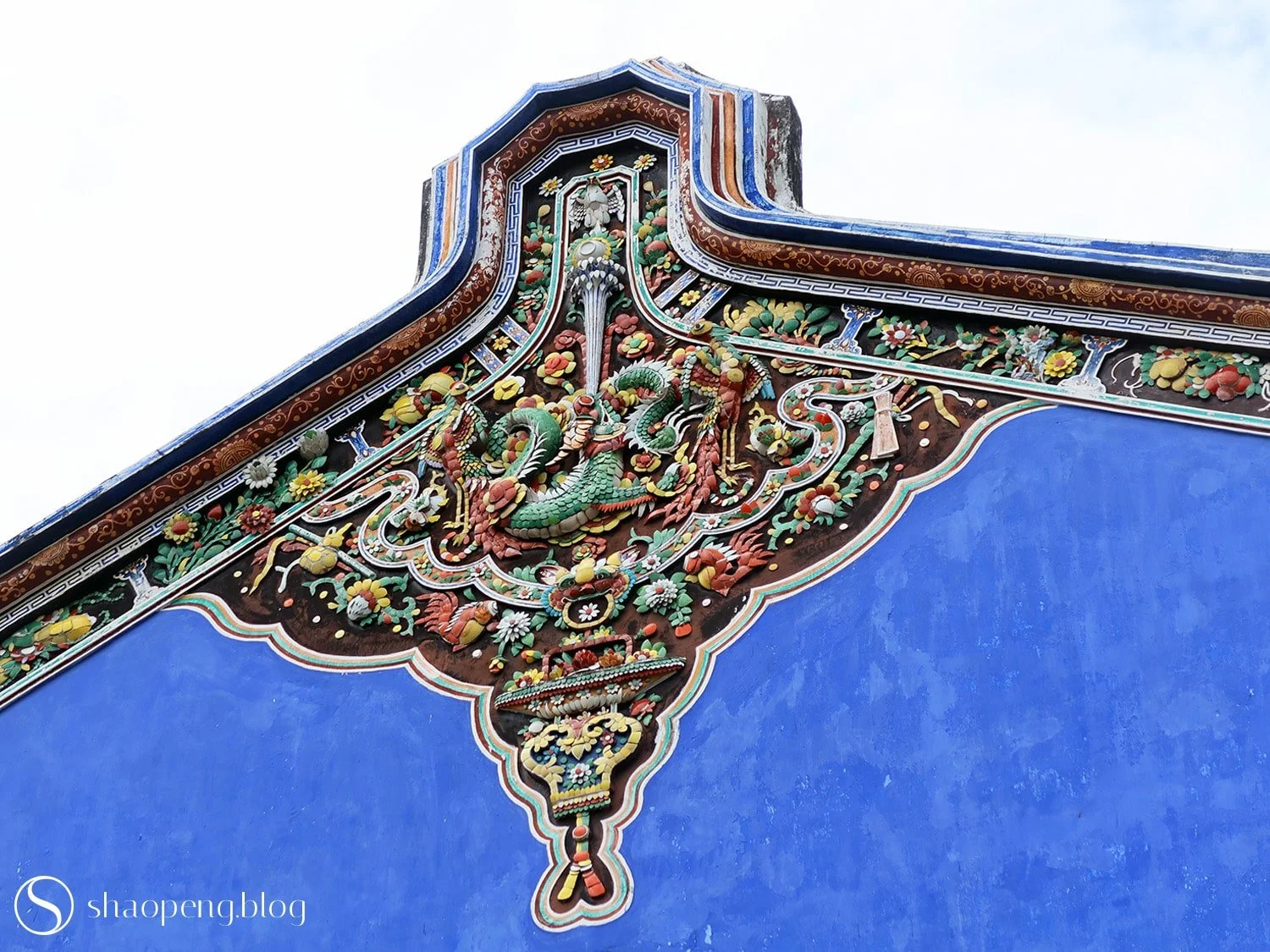
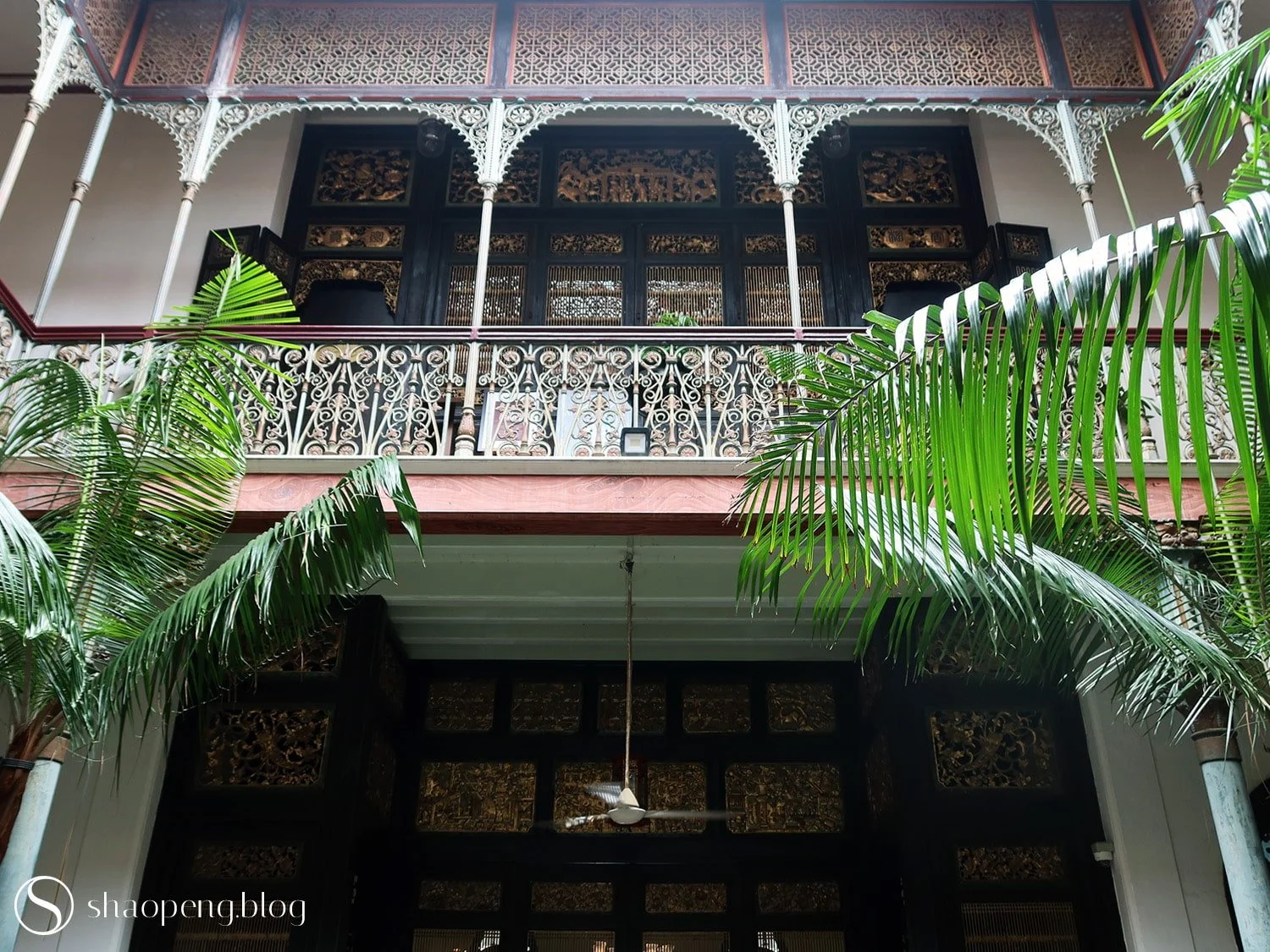
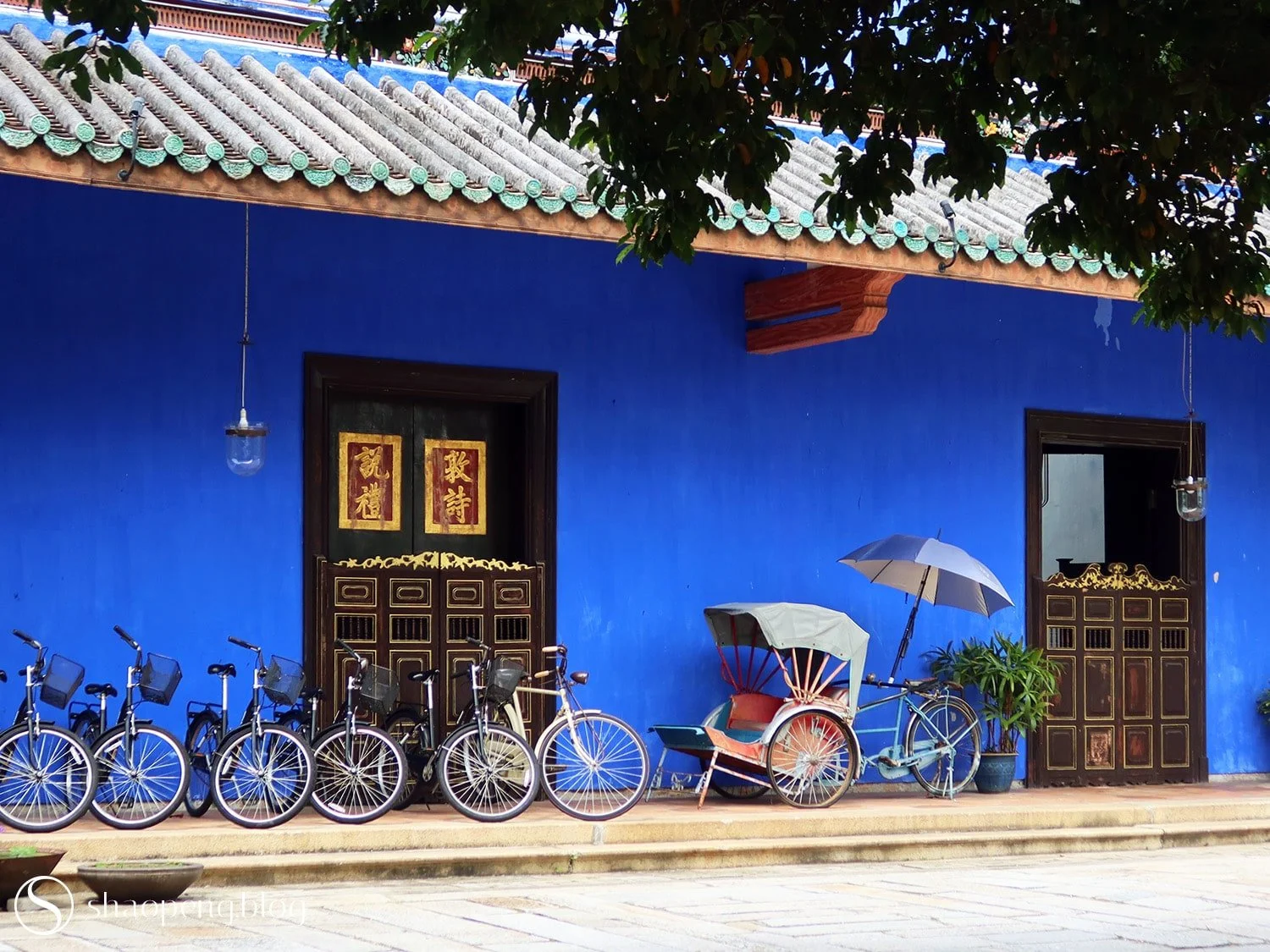
Not far from the Pinang Peranakan Mansion stands another of George Town’s architectural treasures: the Cheong Fatt Tze Mansion, more affectionately known as The Blue Mansion. While the Pinang Peranakan Mansion captivates with its green hues, this one draws you in with its indigo-blue walls — the colour that gave it its nickname.
Commissioned in the late 19th century by Cheong Fatt Tze, a prominent Chinese merchant and philanthropist, the mansion reflects the vision of a man who straddled the worlds of East and West. The architecture is primarily Chinese — blending Hakka and Teochew styles — yet enhanced by European touches that reveal Cheong’s appreciation for Western artistry.
Scottish cast-iron balusters frame staircases, while timber lattices showcase Cantonese craftsmanship. English Art Nouveau stained glass filters soft light over tiled courtyards, and Hokkien-style jiannian porcelain decorates the rooflines with astonishing detail. This blend of cultural elements is no accident — it reflects Cheong’s fascination with Western artisanship while staying true to Chinese traditions.
Cheong Fatt Tze was known for his uncompromising standards. He brought in craftsmen from Southern China and sourced materials from as far as Scotland to realise his dream home. At the time, it was said that only one other house of this scale and style — with five courtyards — existed outside China.
Today, part of the mansion has since been converted into a boutique hotel, while the rest operates as a museum. Restored in the 1990s after decades of neglect, it went on to receive the UNESCO Heritage Conservation Award. Today, The Blue Mansion not only offers a window into the lives of Penang’s Straits Chinese elite, but also complements the narrative found at the Pinang Peranakan Mansion.
Wanderer’s tip — The Blue Mansion has limited tour slots, so plan ahead. Guided tours are highly recommended. If you’re unable to join one, a self-guided audio tour is available, though capacity may be limited.
Visit duration — Around 1 hour.
Leong San Tong Khoo Kongsi
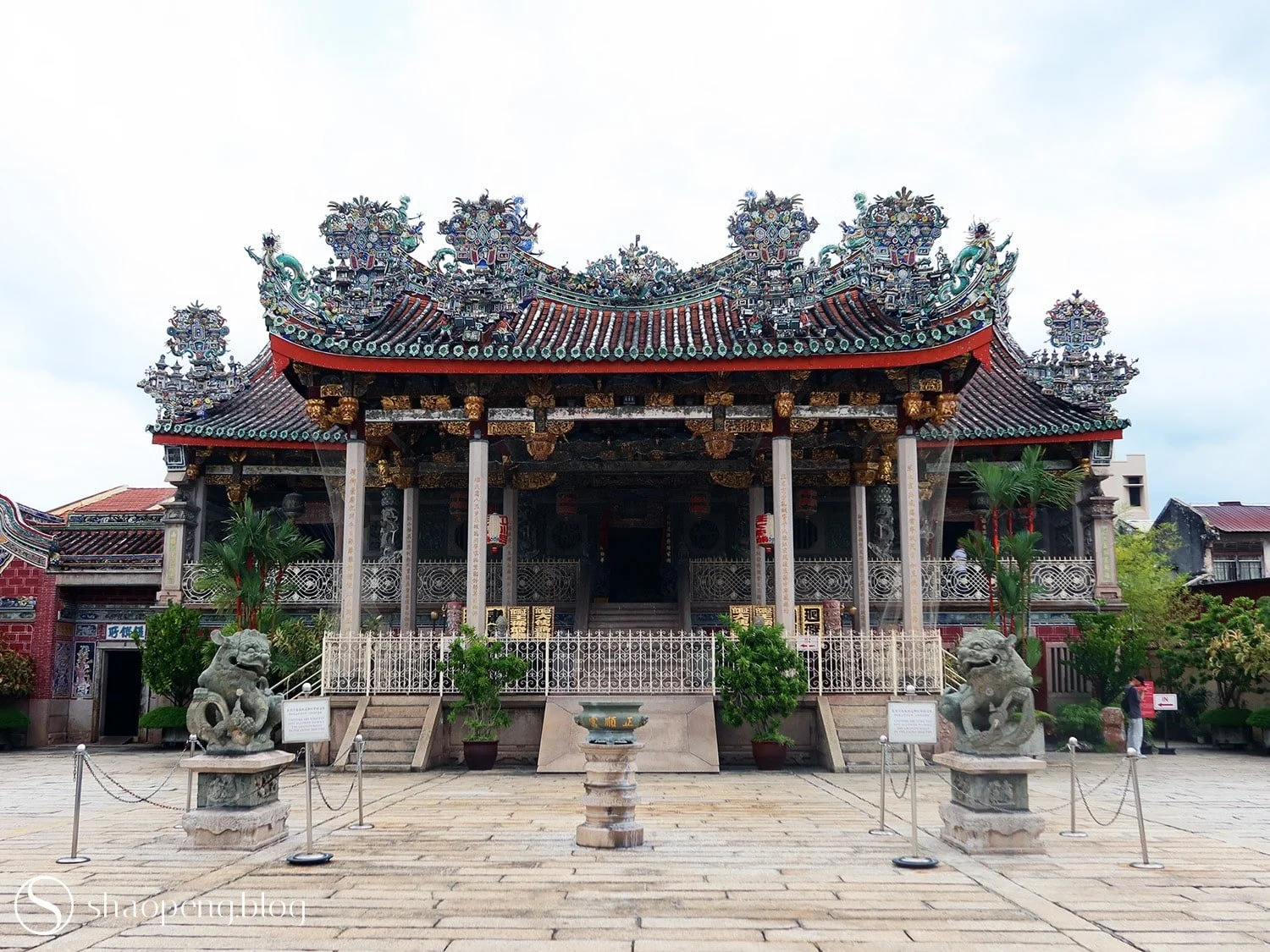
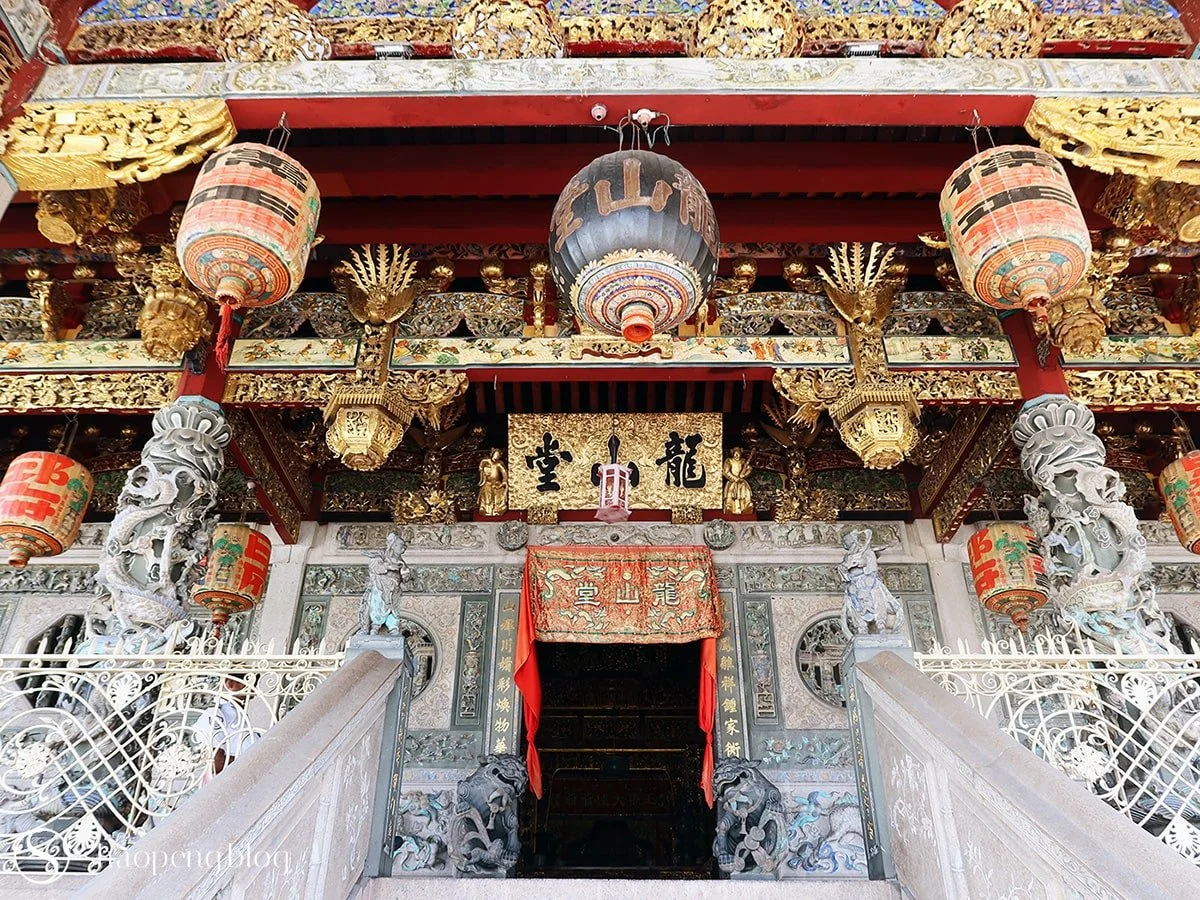

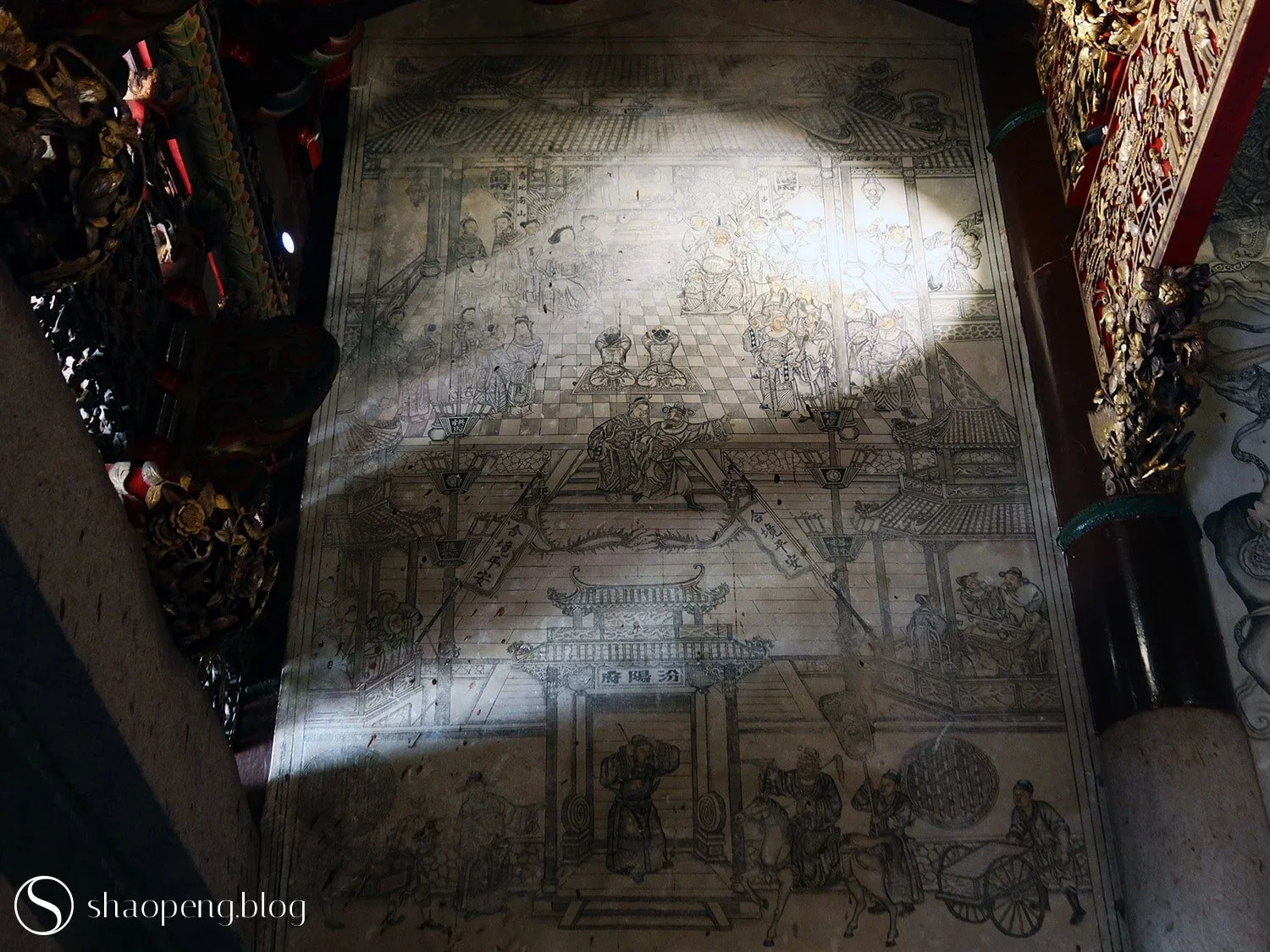
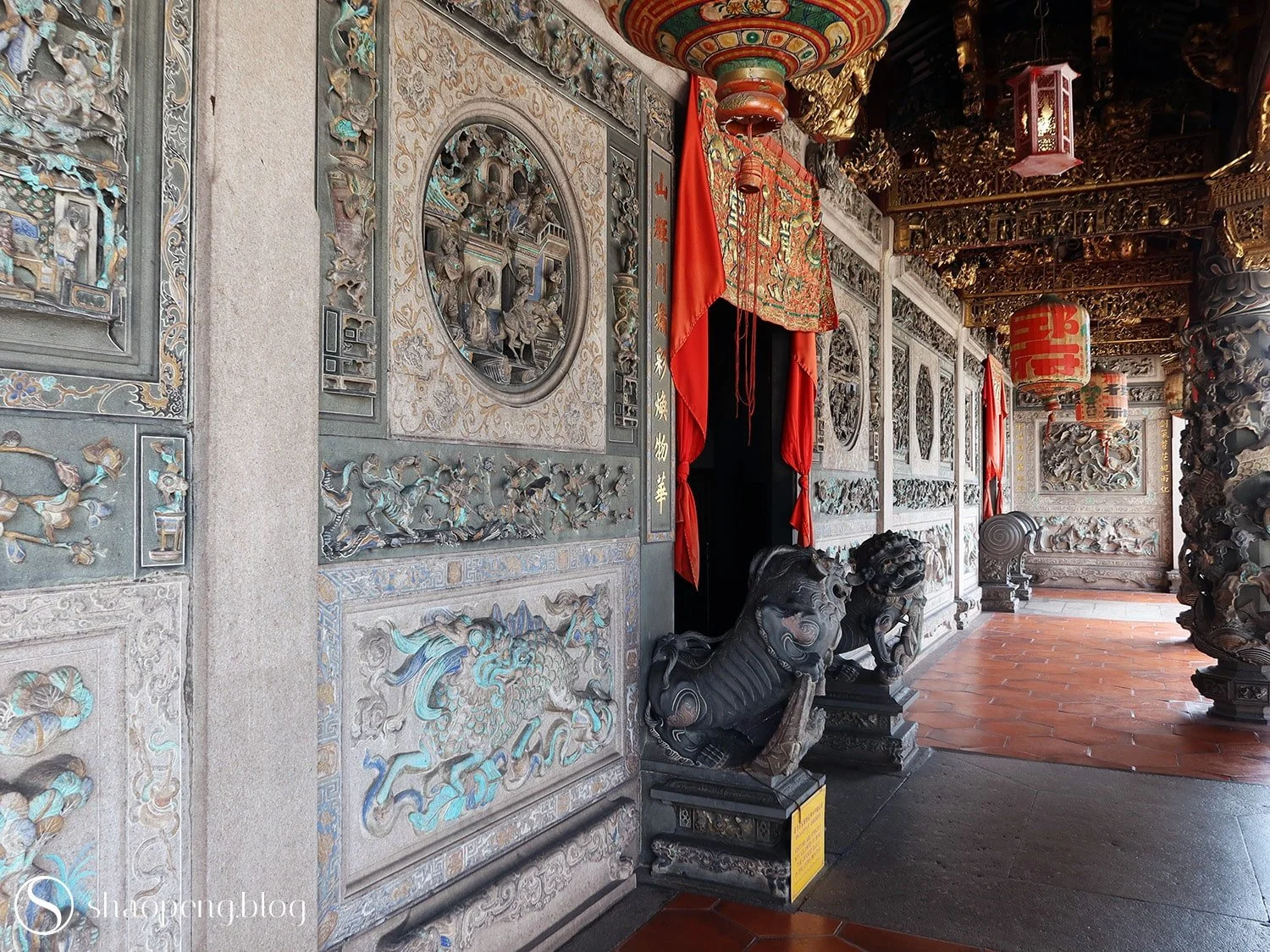
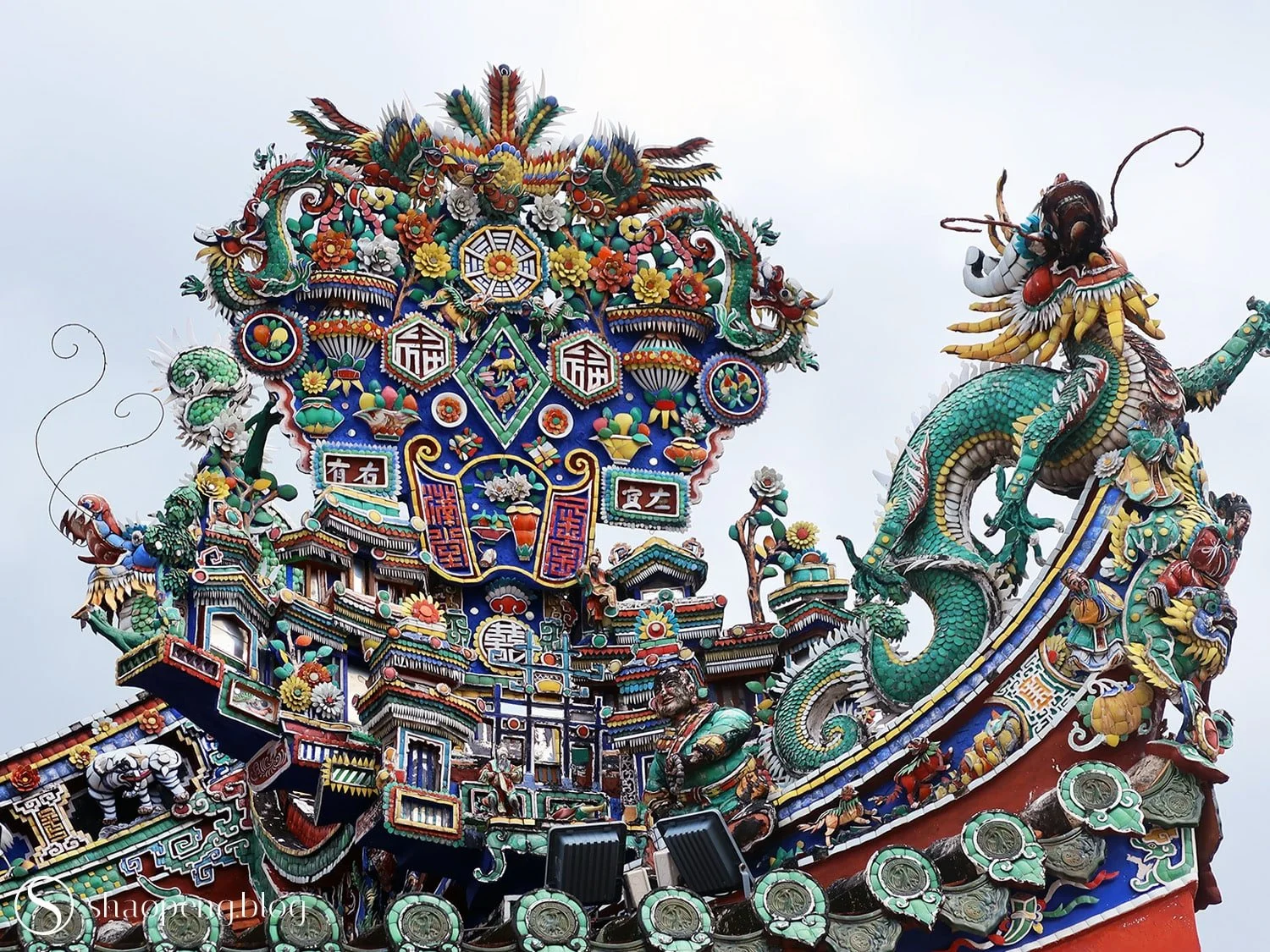
In the heart of George Town lies Leong San Tong Khoo Kongsi, one of the grandest clan houses in Southeast Asia. In Chinese, kongsi (公司) refers to a shared enterprise or society — in this context, a gathering place where members of the same surname or ancestral lineage found support, identity, and kinship far from home.
Founded in 1835 and rebuilt in 1906 after a fire, Khoo Kongsi stands today as a masterwork of Southern Chinese architecture. Its richly adorned temple gleams with gilded timber panels, intricate stone carvings, and sweeping tiled roofs embellished with jiannian porcelain. Perched along its ridgeline, ornamental ships speak of voyages undertaken — tributes to the ancestors who braved the seas to reach the shores of Penang.
In addition to the temple, the complex opens into a courtyard, ancestral halls, and a traditional theatre — each space speaking to the multifaceted role clan houses once played: as places of worship, education, and communal life for the extended Khoo family.
Wanderer’s tip — For a more informative visit, pick up the illustrated guidebook available at the entrance for just 2 ringgits.
Visit duration: 1 hour
Moh Teng Pheow Nyonya Koay
Nyonya kueh is a type of traditional cake, typically made by the Nyonya (female) members of the Peranakan community.
While Peranakan culture lives in architecture, it finds its soul in food — and few capture its spirit quite like kueh.
Founded in 1933, Moh Teng Pheow Nyonya Koay is a family-run gem in George Town that has been handcrafting kueh — bite-sized Peranakan sweets — for generations.
Here, trays of jewel-like treats glisten behind glass: layered kueh lapis, soft onde-onde bursting with palm sugar, and chewy angku kueh stamped with good-luck motifs. Each bite tells a story — a unique blend of precision, ingredients, and flavours passed down over time, combining Chinese, Malay, and Indonesian influences.
More than a shop, it’s a living link to Penang’s culinary heritage. Sit down for a plate of their laksa — my personal favourite in Penang — and savour the past made present through taste.
Wanderer’s tip — Order one of each kueh to sample the full spectrum of flavours.
Visit duration — As long as you need to savour the moment.
Clan Jetties

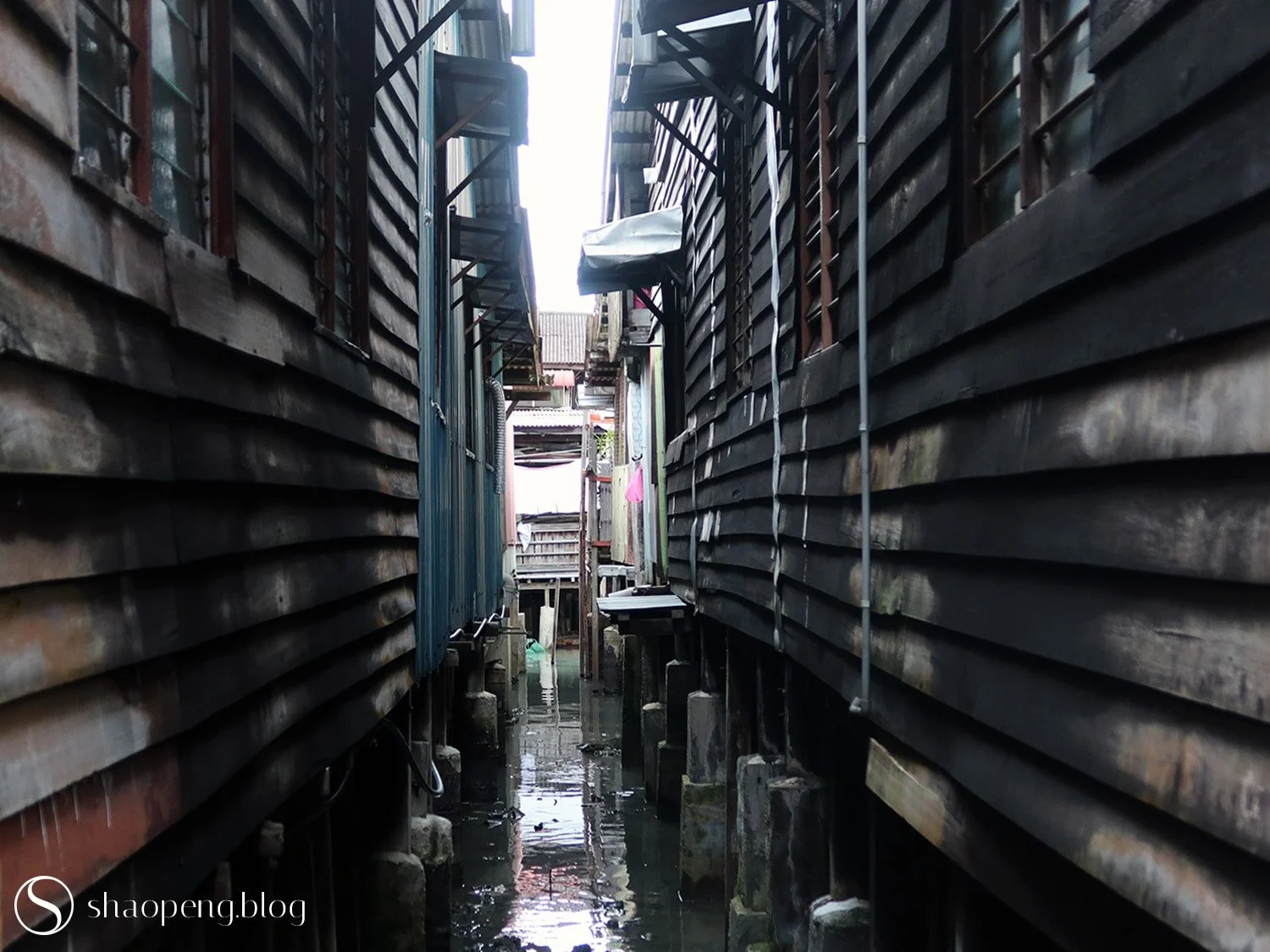
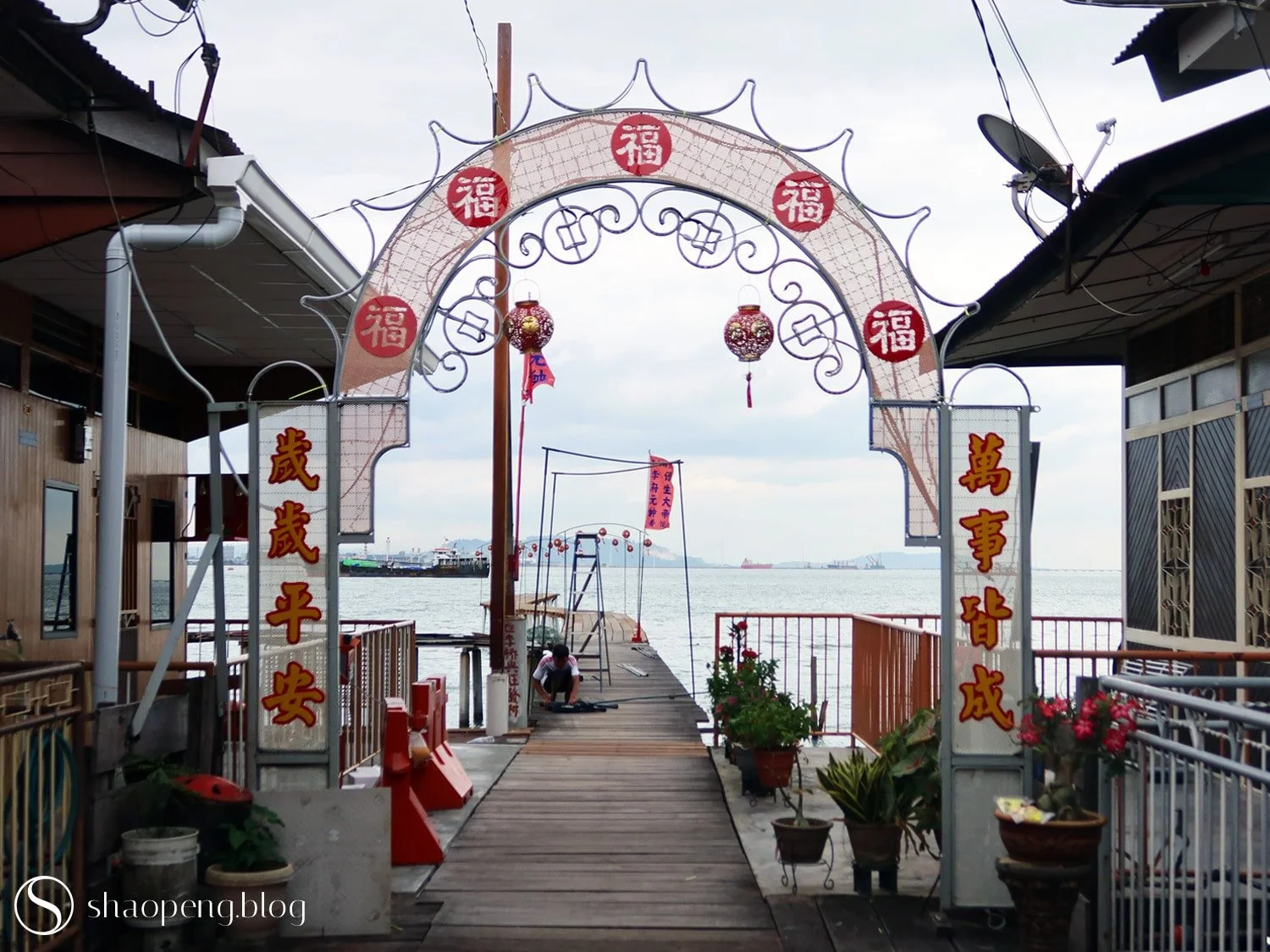
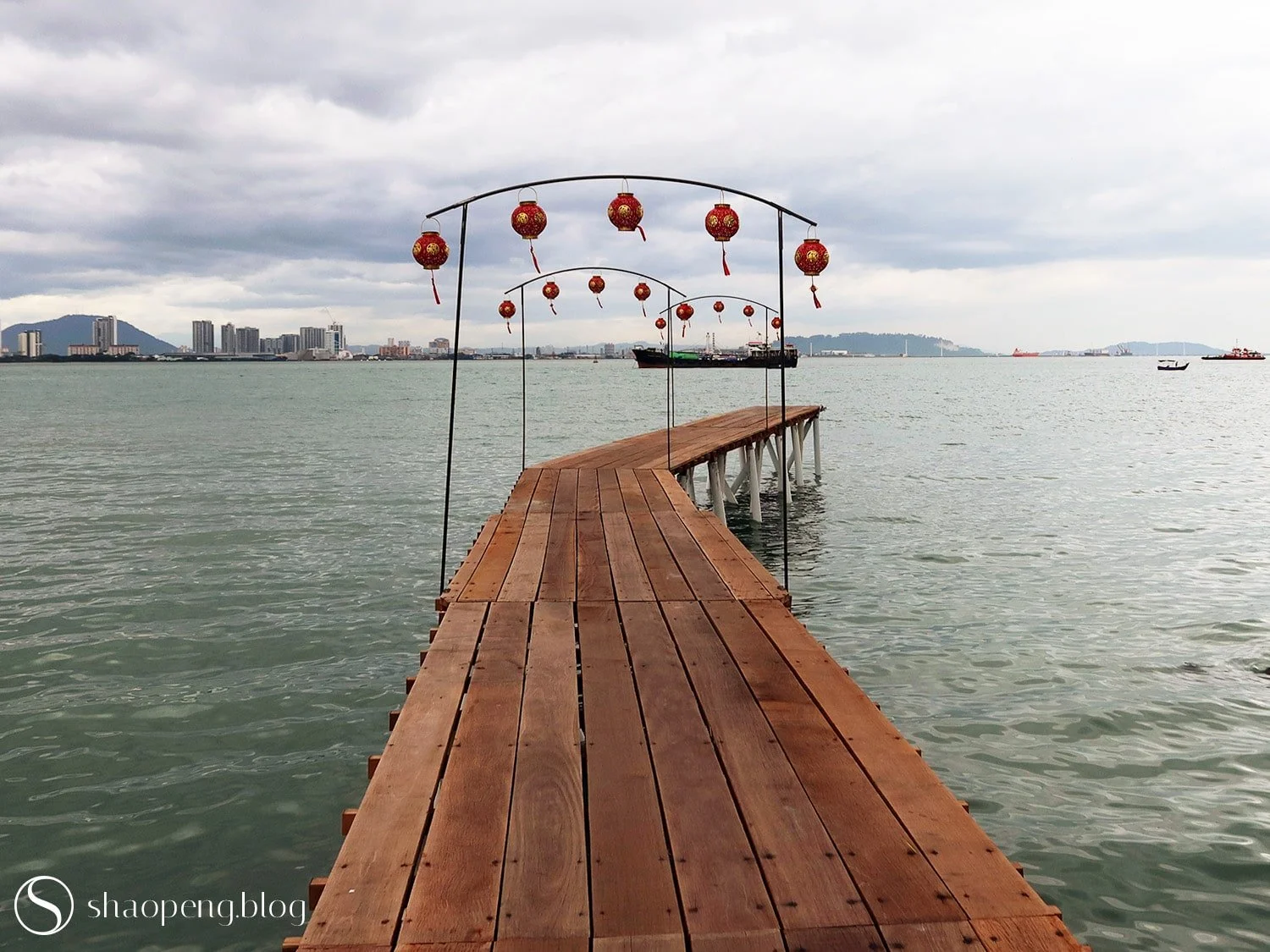
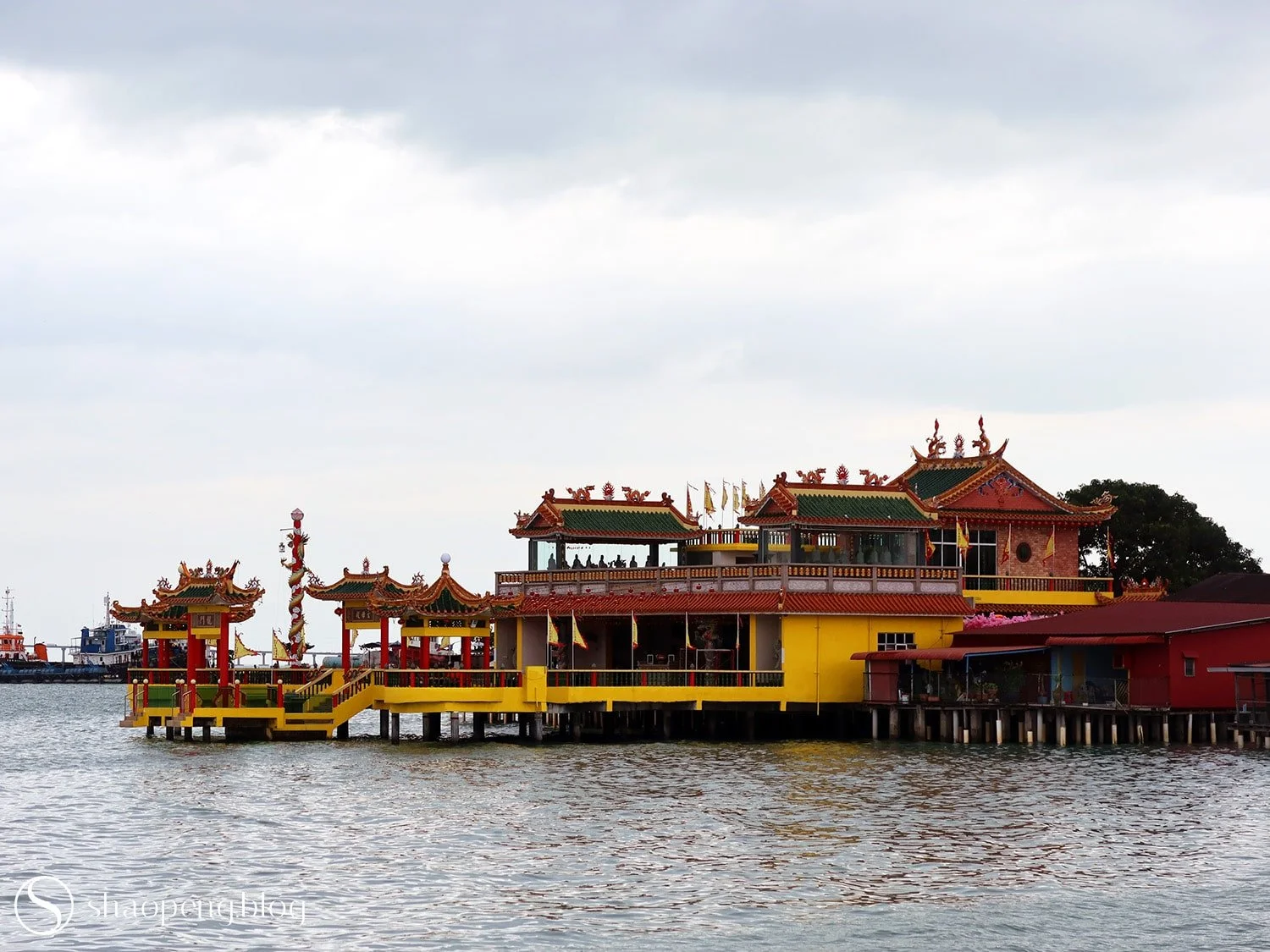
Along George Town’s waterfront, the Clan Jetties stretch like timeworn bridges between land and sea — reminders of the Chinese immigrant families who once built their lives above the tides.
Dating back to the 19th century, these wooden piers were established by distinct clans, primarily Hokkien and Teochew, each forming tightly knit communities where trade and tradition thrived side by side.
Homes stand on stilts above the water, connected by plank walkways wide enough for both pedestrians and scooters. Some jetties remain quiet and lived-in; others, like Chew Jetty, have grown into bustling hubs for visitors.
I find charm in Lee Jetty and Yeoh Jetty, where the sea breeze mingles with the scent of brine, and the rhythmic lapping of water evokes a bygone past. Walking these paths, I’m reminded of Venice, where architecture, water, and life entwine.
Among these, New Jetty is unique. Established in 1960, it’s home to families of various surnames — a break from the single-clan tradition — formed when residents relocated from older jetties nearby. It reflects the evolving face of George Town while still honouring its roots.
Wanderer’s tip — If time allows, head toward Hean Boo Thean Kuan Yin Temple — the spiritual heart of the community — perched at the water’s edge of Yeoh Jetty.
Visit duration: 1.5 to 2 hours
Reference:
M. Department of Statistics Malaysia, 2020. MyCensus 2020. https://www.dosm.gov. my/portal-main/landingv2.

